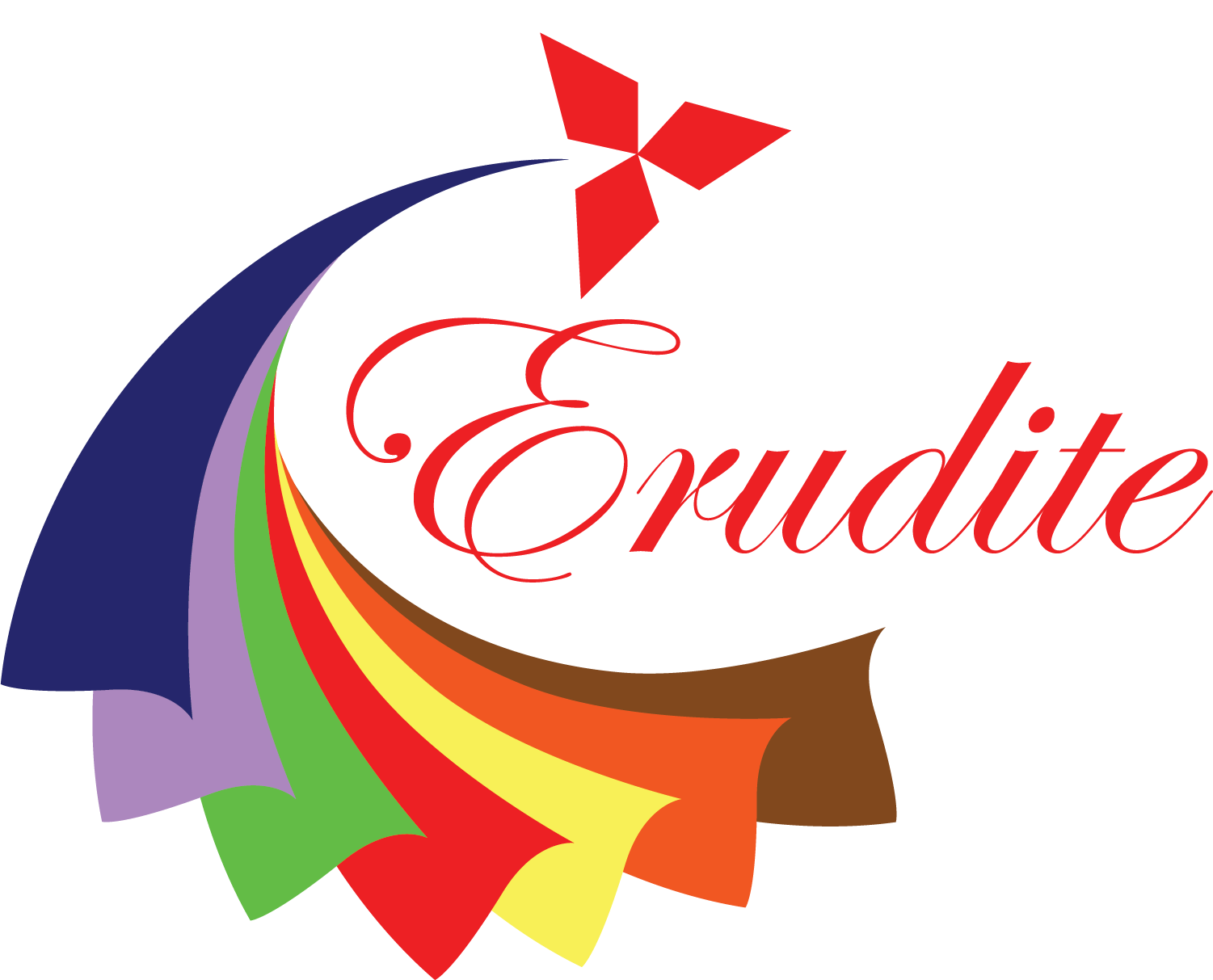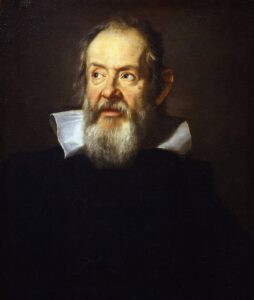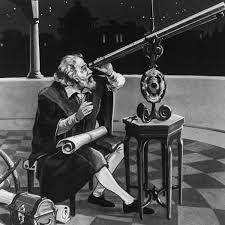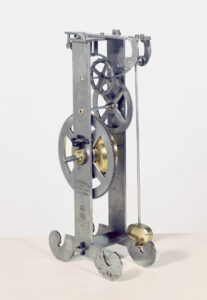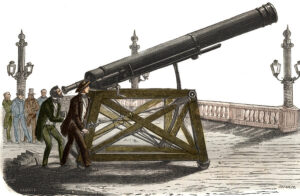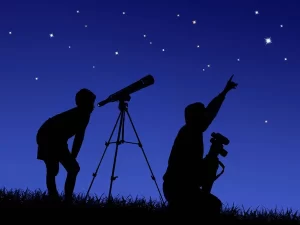Early Days
- Galileo Galilei was born on 15 February 1564 in Pisa, Italy and lived till 8 January 1642.
- He was an Astronomer, Physicist and Engineer.
- He has been called as the "father" of Observational Astronomy, Modern Physics, The Scientific Method and Modern Science.
- He attended the Monastery school at Vallombrosa, near Florence, Italy.
- He was graduated in the field of medicine from the University of Pisa in 1581.
- He decided to make the mathematical subjects and philosophy as his profession.
- Galileo then began to prepare himself to teach Aristotelian Philosophy and Mathematics.
Galileo Inventions
- Galileo's investigation of the laws of motion and improvements on the telescope helped further the understanding of the world and universe around him.
- He started experimenting with balls of different sizes and weights. He rolled them down ramps with various inclinations.
- His experiments revealed that all of the balls boasted the same acceleration independent of their mass.
- He also demonstrated that objects thrown in the air travel along a parabola (plane curve which is mirror-symmetrical and is approximately U-shaped).
Pendulum Clock
Galileo determined that the time it takes a pendulum to swing back and forth does not depend on the arc of the swing. Galileo designed the first pendulum clock in 1602.
Telescope
- Galileo was excited and first learned of the existence of the spyglass.
- He then began to experiment with telescope-making and started to grind and polish his own lenses. His telescope allowed him to see with a magnification of eight or nine times.
- Spyglasses only provided a magnification of three in comparison to the telescope.
- Galileo then turned his telescope to the heavens.
- He was the first to see craters on the moon, he discovered sunspots, and he tracked the phases of Venus.
- The rings of Saturn, appearing as lobes and vanishing when they were edge-on.
- Galileo is most known for his discovery of the four most massive moons of Jupiter, now known as the Galilean moons: Io, Ganymede, Europa and Callisto.
- Galileo therefore concluded and decided that there are three stars in the heavens moving about Jupiter, as Venus and Mercury around the Sun which was at length established as clear as daylight by numerous other subsequent observations.
- These observations also established that there are not only three, but four, erratic sidereal bodies performing their revolutions around Jupiter.
- Galileo made the first recorded studies of the planet Neptune, though he didn't recognize it as a planet.
